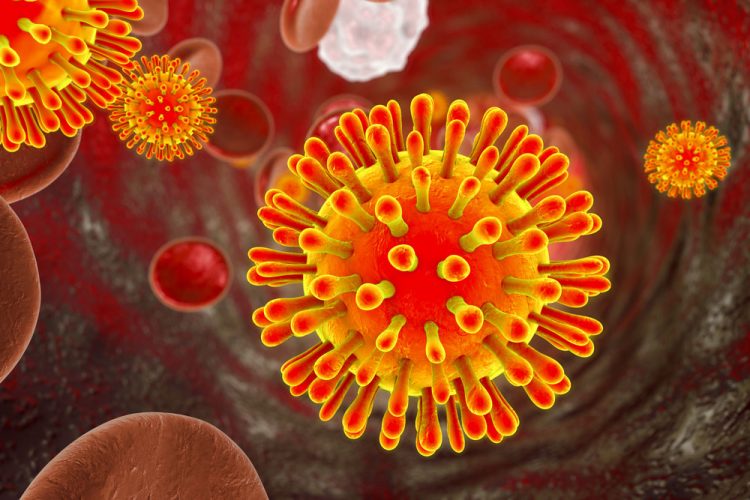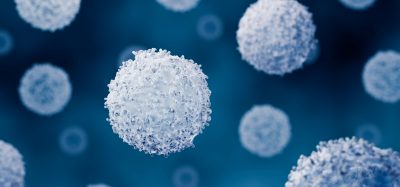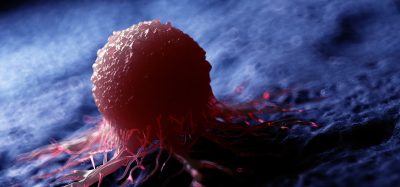HIV vaccine may require a strong response from CD8+ T cells
Posted: 18 December 2023 | Drug Target Review | No comments yet
The new findings could help preventive and therapeutic HIV vaccine design and development, and HIV immunotherapy approaches.


Scientists at the National Institute of Allergy and Infectious Diseases (NIAID) have suggested that an effective HIV vaccine may need to prompt strong responses from CD8+ T cells to protect people against acquiring HIV. This work builds on decades of research by the HIV-Specific Immunity Section of NIAID’s Laboratory of Immunoregulation to better understand the immune response to HIV.
The study’s results find comparisons between the immune system activity of past HIV vaccine study participants and people with HIV who naturally keep the virus from replicating even in the absence of antiretroviral therapy (ART). These people are often called ‘long-term non-progressors’ or ‘elite controllers’ (LTNPs/ECs).
After entering the body, HIV starts to damage the immune system by inserting itself into white blood cells that help coordinate the immune response to pathogens, known as CD4+ T cells. Unless this is controlled by ART, in most people HIV continues to replicate and damage more and more CD4+ T cells. Among LTNPs/ECs, the immune system seems to quickly recognise CD4+ cells with HIV and activate other immune cells called CD8+ T cells, which destroy CD4+ cells with HIV. This facilitates the suppression of HIV in a person’s blood.
Effective HIV vaccines intend to provide durable protective immunity to HIV or help control HIV in the body long term if initial defences are bypassed, which happens in LTNPs/ECs. Several preventive HIV vaccine candidates have been designed to stimulate CD8+ T-cell activity but they did not prevent HIV acquisition or control viral replication in clinical trials. In HIV vaccine research, understanding and addressing this lack of effect is a scientific priority.
Scientists from the HIV-Specific Immunity Section of NIAID’s Laboratory of Immunoregulation and their colleagues aimed to better understand which CD8+ T-cell functions were lacking in previous HIV vaccine recipients. By comparing laboratory samples from previous HIV vaccine study participants with samples from LTNPs/ECs, they discovered that both HIV vaccine recipients and LTNPs/ECs generated large numbers of CD8+ T cells that recognised HIV.
However, HIV vaccine recipients’ CD8+ T cells failed to deliver the necessary proteins to destroy HIV-infected CD4+ T cells with HIV, unlike the CD8+ T cells of LTNPs/ECs.
The scientists conducted further tests which suggested this response was because the person’s T-cell receptors, the part of a CD8+ T cell that detects a CD4+ T cell with HIV, had reduced sensitivity. This reduced T-cell receptor sensitivity implies the vaccine candidates from multiple prior studies did not sufficiently stimulate the maturation of CD8+ T cells to recognise, reach, and destroy all CD4+ T cells with HIV in a person’s body.
The study, according to the scientists, proposes that future HIV vaccine candidates may have more success if they include additional doses or stay longer in the body to stimulate the immune system further. Also, the potential of an HIV vaccine might be better judged by measuring how it affects CD8+ T-cell function and sensitivity as well as just assessing the number of CD8+ T cells generated, which has been standard practice.
The results could help guide future preventive and therapeutic HIV vaccine design and development, as well as HIV immunotherapy approaches.
The study was published in Science.
Related topics
T cells, Vaccine development
Related conditions
HIV
Related organisations
National Institute of Allergy and Infectious Diseases (NIAID)








